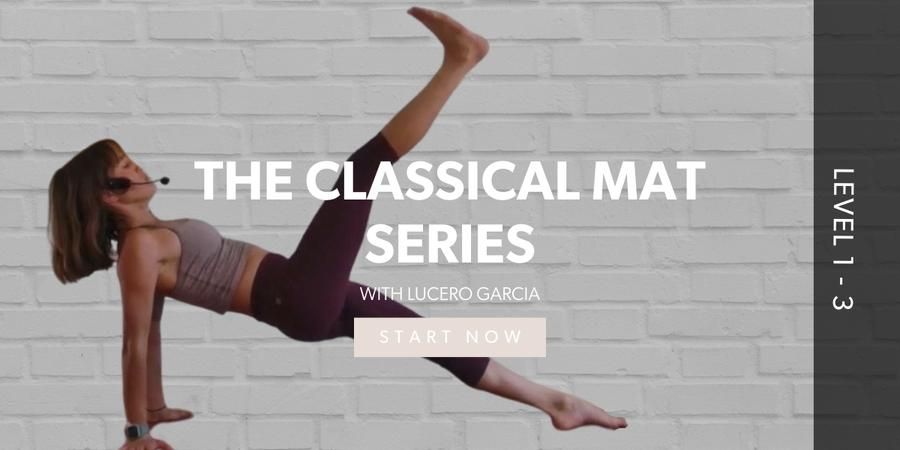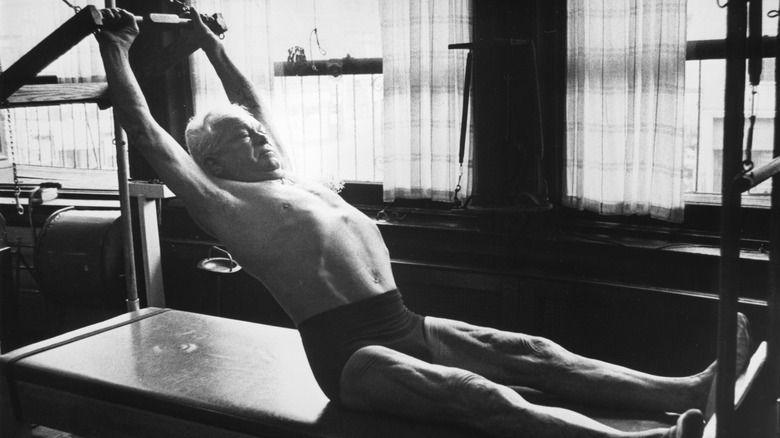
The History and Evolution of Classical Pilates: An Overview
Classical Pilates has a rich and fascinating history, rooted in the unique experiences and vision of its founder, Joseph Pilates. Born in Germany in 1880, Pilates was a sickly child who was determined to improve his own physical health and fitness. He studied various forms of exercise, including yoga, gymnastics, and boxing, and developed a series of exercises that he believed could improve physical and mental health.
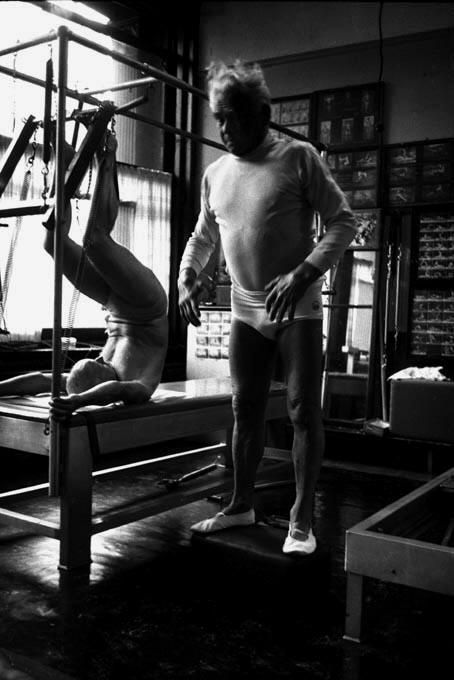
Pilates immigrated
Pilates immigrated to the United States in the 1920s and opened a studio in New York City, where he taught his method of exercise to dancers and other performers. The practice quickly gained popularity and began to spread beyond the world of dance. However, Pilates' path to success was not without its challenges. He was interned as an enemy alien on the Isle of Man during World War I, where he worked as a nurse and used his time to further develop and refine his exercise method. He also spent time in a detention camp in Lancaster, where he taught his method to fellow internees and even used hospital beds as makeshift Pilates equipment.
After the war
After the war, Pilates immigrated to the United States and opened his studio in New York City. Over the years, classical Pilates has evolved and has been shaped by the cultural and social trends of each era. In the 1950s and 1960s, the practice gained popularity as a form of rehabilitation and injury prevention. In the 1980s and 1990s, it became more mainstream and was embraced by a wider audience as a form of overall fitness and well-being. Today, classical Pilates is practiced by people of all ages and fitness levels around the world.
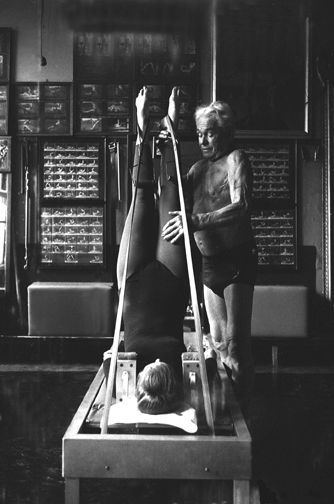
The key principles of classical Pilates
The key principles of classical Pilates include concentration, control, centering, precision, flow, and breath. These principles are incorporated into the practice to create a focus on proper form, alignment, and control of movement. The practice is unique in that it involves a concerted effort to bring awareness to the body and the breath during the exercises, which can help to cultivate mindfulness and presence in the moment.
The benefits of classical Pilates
The benefits of classical Pilates for overall physical health and wellness are numerous. The practice can improve flexibility, strength, and balance, as well as increase cardiovascular fitness and circulation. It can also be beneficial for injury prevention and rehabilitation.
Pilates offers an opportunity to distract ourselves from negative thoughts, reduce stress, and enhance mindfulness. Pilates can provide us with an opportunity to socialize and meet others with common interests while creating a self-care routine. Although we may not always feel inclined to continue with our Pilates practice, it is important to remember how strong and centered Pilates can make us feel on the inside and out.
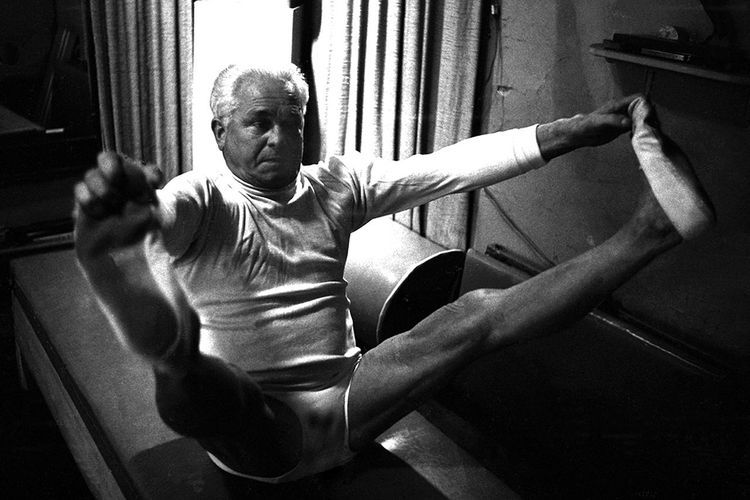
In conclusion
Classical Pilates is a method of exercise with a rich and fascinating history, rooted in the unique experiences and vision of its founder, Joseph Pilates. It has evolved over time and has been shaped by the cultural and social trends of each era.
Today
Classical Pilates is practiced by people around the world and is widely recognized for its benefits for overall physical health and well-being. Whether you are just starting out or you are an experienced athlete, classical Pilates has something to offer for everyone.
READY TO GET STARTED?
Try Sunset Beach Pilates' Classical Mat Series On-Demand today!
Refrences:
-
https://www.pilatesanytime.com/Pilates-Blog/1243/Pilates-for-Mental-Health
-
https://www.pilatesanytime.com/Pilates-Blog/1162/Pilates-for-Stress-Management
-
https://perfectpoisepilates.co.uk/pilates-mental-health/
-
https://www.pilatesdigest.com/mental-benefits-of-pilates/
-
https://www.studiopilates.com/education/pilates-benefits-mental-health/#:~:text=Pilates%20may%20assist%20in%20the,create%20a%20self%2Dcare%20routine.
-
https://www.hayleycrosspilates.com/single-post/2017/12/29/6-ways-pilates-benefits-your-mental-health
-
https://www.claritychi.com/benefits-of-pilates/amp/
Categories
Join Our newsletter
Popular
In-Studio Classes
-
Account
